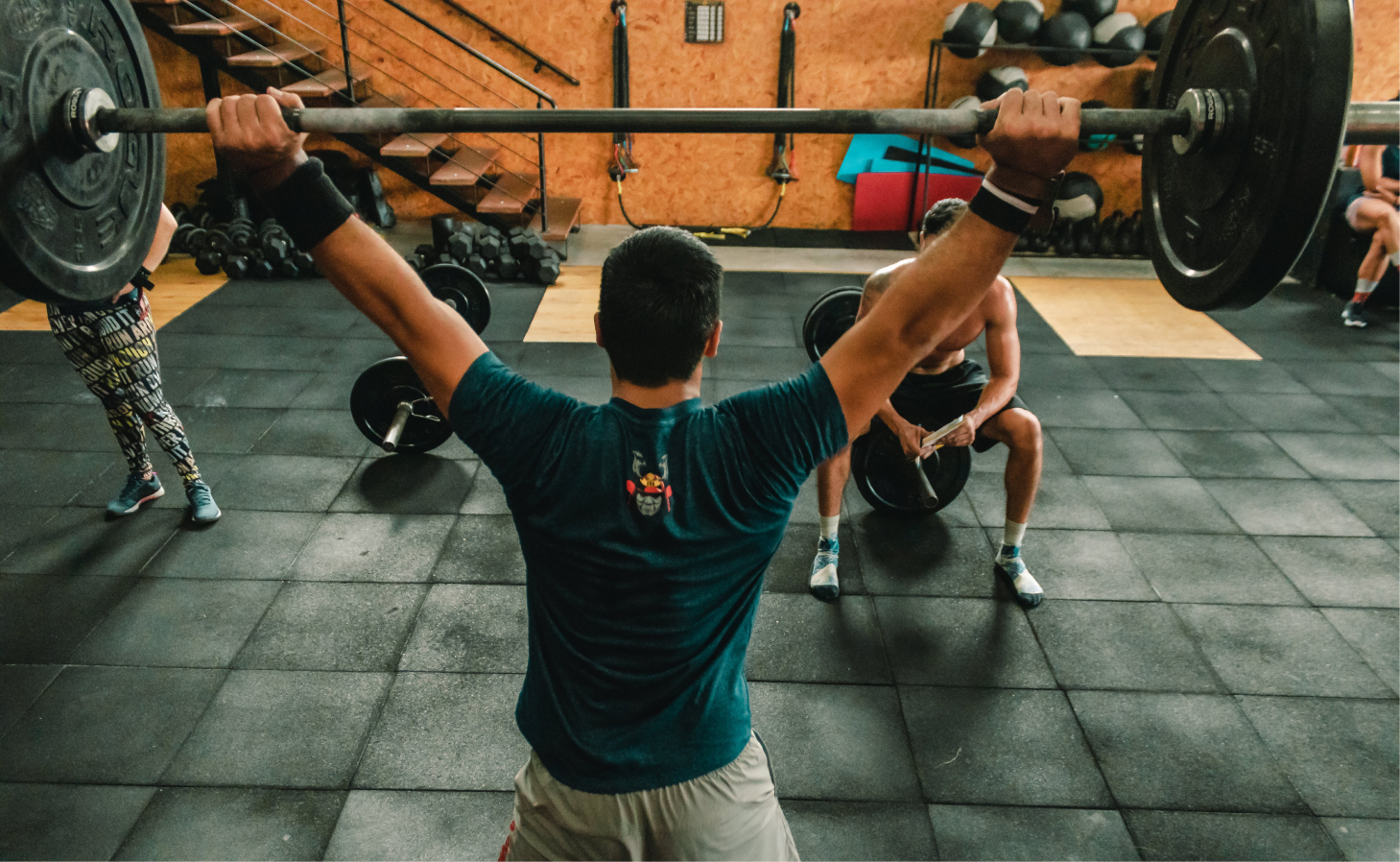Understanding the different muscle groups in your body is key to creating an effective and balanced workout routine. Whether you’re a gym newbie or a seasoned athlete, knowing how to train and combine various muscle groups can help you achieve better results and minimize the risk of injury. Let’s dive into the major muscle groups, their importance, and how to effectively incorporate them into your fitness journey! 🏋️♀️💪
Major Muscle Groups:
- Chest (Pectorals):
- Why It’s Important: Your chest muscles are vital for pushing movements and overall upper body strength.
- How to Train: Incorporate exercises like bench presses, push-ups, and chest flyes.
- Back (Latissimus Dorsi, Rhomboids):
- Why It’s Important: A strong back improves posture and is essential for pulling movements.
- How to Train: Include pull-ups, rows, and lat pulldowns in your routine.
- Shoulders (Deltoids):
- Why It’s Important: Well-developed shoulders provide a broad, strong upper body appearance and are crucial for lifting and pressing movements.
- How to Train: Perform overhead presses, lateral raises, and front raises.
- Arms (Biceps, Triceps, and Forearms):
- Why It’s Important: Strong arms are not only aesthetically pleasing but also vital for most upper body activities.
- How to Train: Use curls for biceps, tricep dips or extensions for triceps, and wrist curls for forearms.
- Legs (Quadriceps, Hamstrings, Calves):
- Why It’s Important: They are the foundation of your body and crucial for walking, running, and jumping.
- How to Train: Focus on squats, lunges, deadlifts for overall leg development, and calf raises for the calves.
- Core (Abdominals and Obliques):
- Why It’s Important: A strong core supports the entire body in everyday movements and provides stability.
- How to Train: Incorporate planks, crunches, and rotational exercises.
Combining and Distributing Workout Routines:
- Full-Body Workouts:
- Ideal for beginners or those on a tight schedule.
- Focus on compound exercises that target multiple muscle groups at once.
- Schedule 2-3 sessions per week to allow for adequate recovery.
- Split Routines:
- Upper/Lower Split: Divide your routine into upper body days and lower body days.
- Push/Pull/Legs Split: One day each for push exercises (chest, shoulders, and triceps), pull exercises (back and biceps), and legs.
- Allow at least one day of rest between working the same muscle groups.
- Rest and Recovery:
- Muscles need time to repair and grow stronger, so ensure each muscle group has time to recover before being worked again.
- Incorporate rest days or active recovery days into your routine.
- Variety and Progression:
- Regularly change your exercises, sets, reps, and intensity to continually challenge your muscles and prevent plateaus.
- Gradually increase the weight or resistance as your strength improves.
Building Strength, Balance, and Endurance for Every Muscle
Understanding and training different muscle groups effectively is crucial for a balanced and successful fitness regimen. Remember, each muscle group plays a vital role in your overall health and fitness. By combining various exercises and ensuring proper rest and recovery, you can build a stronger, more resilient body. Keep challenging yourself, and let FitWoody guide you along the way in your muscle group training!


